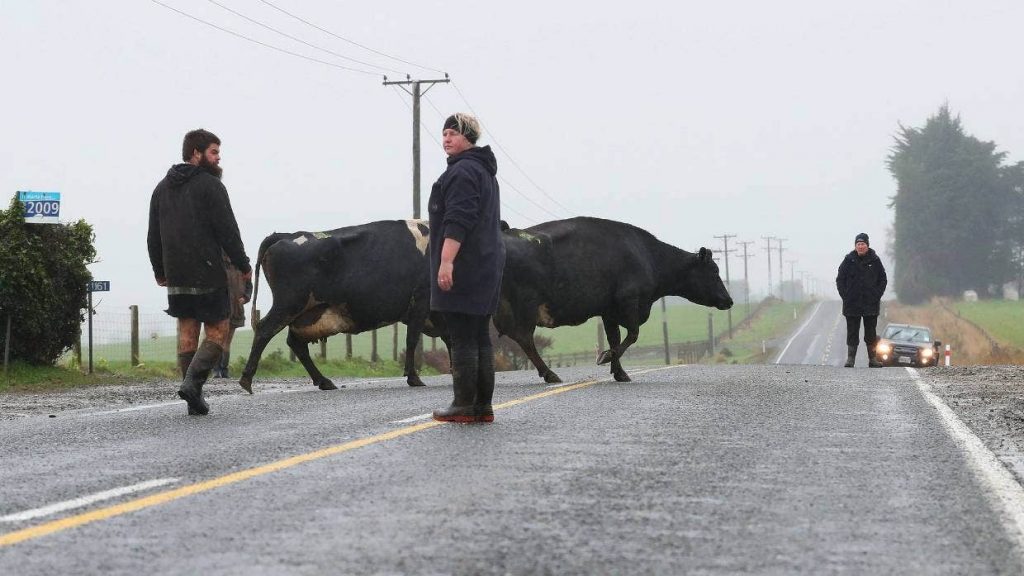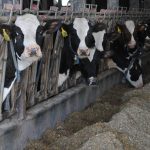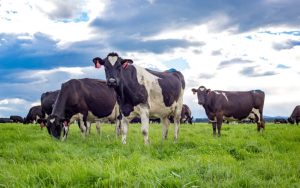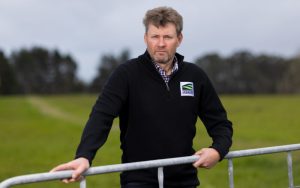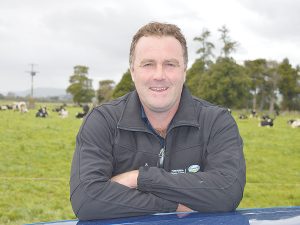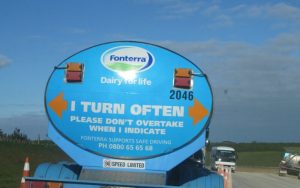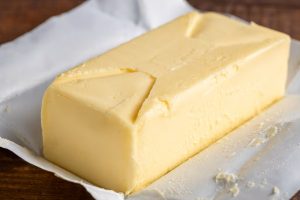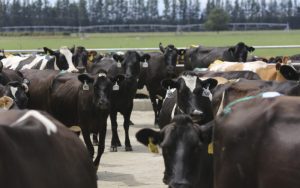
Jason Herrick recently became the Southland Federated Farmers sharemilker chairman, and said he had not heard of too many people moving around this moving day, which was a good sign.
“With the payout as high as it is, and forecasts higher next year, you would be silly to move.”
In February, Fonterra announced farmers could now expect $6.90 to $7.50 per kilogram of milk solids, a 20c increase from the previous range of $6.70-$7.30, making the midpoint $7.20 per kgMS.
People were of course chasing stability, and longevity brought better outcomes, Herrick said.
“It takes at least a season or two to get to know a farm.”
Without the daily restrictions of Covid-19 and M. bovis, it could be the most straight forward moving day in years, Herrick said.
“Everyone is pretty confident at the moment it’s [M.bovis] not an issue.”
That benefit flowed to the transport companies, who did not have to spend as much time cleaning trucks, he said.
Also, a lot of people had already dried off their animals, with feed in short supply, Herrick said.
“Should be pretty straight forward on Tuesday.”
The dairy industry’s traditional moving day is June 1.
On Monday, Daniel and Sonya Webber, along with their two children, were packing up their home of six years, to shift to a new farm.
They are going from contract milking 250 cows at Mataura Island, to 400 cows at Morton Mains.
Sonya’s father owns the property, about 40 kilometres east of Invercargill.
Shifting was not the fun part, Daniel said.
“There’s plenty of stuff we’ve accumulated over the six years.”
When M. bovis hit the industry, the Webber’s did not get any more bulls into the property.
Other than no more bulls, M. bovis meant being aware of where stock came from, and knowing know where everything had come from or was going, he said.
PGG Wrightson Southland real estate manager Andrew Patterson said many of the properties sold this year had been on the market for 12 to 18 months.
Sales volumes had increased since Christmas, Patterson said.
The number of dairy sales to June 1, year-on-year, would be up 15 per cent once currently contracted sales were processed, he said.
Farms of 400 to 500 cows were most in demand, Patterson said.
The smaller farms were harder to shift because they were too small for equity ownerships, he said.
